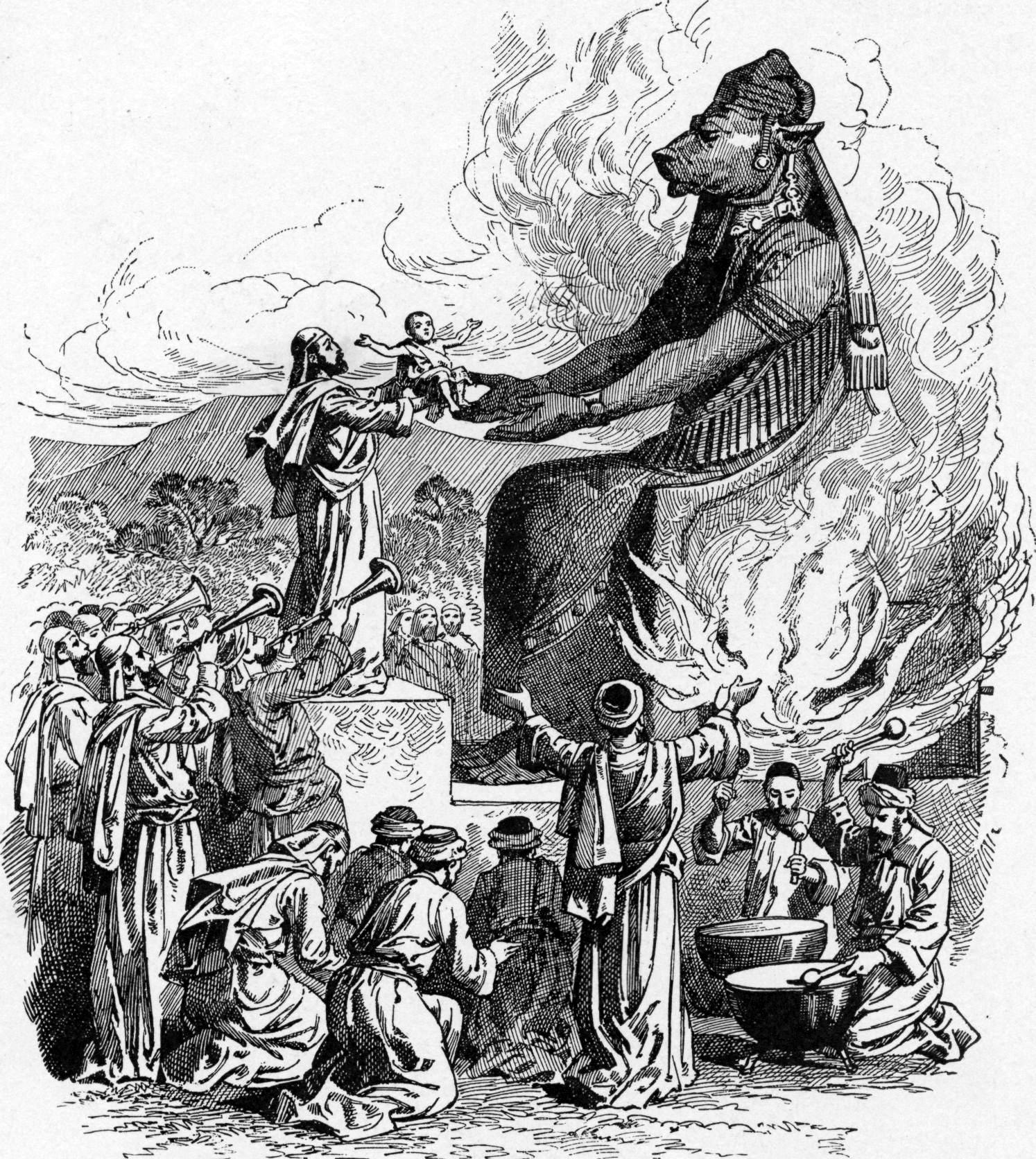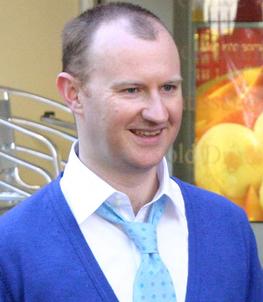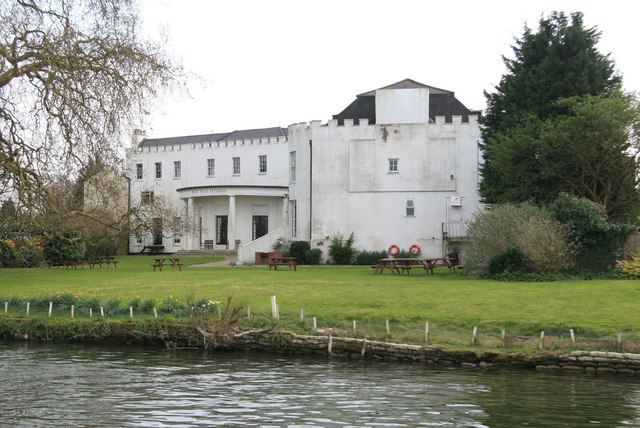|
Folk Horror
Folk horror is a subgenre of horror film and horror fiction that uses elements of folklore to invoke fear and foreboding. Typical elements include a rural setting, isolation, and themes of superstition, folk religion, paganism, Human sacrifice, sacrifice and the dark aspects of nature. Although related to supernatural horror film, folk horror usually focuses on the beliefs and actions of people rather than the supernatural, and often deals with naïve outsiders coming up against these. The British films ''Witchfinder General (film), Witchfinder General'' (1968), ''Blood on Satan's Claw'' (1971) and ''The Wicker Man'' (1973) are pioneers of the genre, while ''The Witch (2015 film), The Witch'' (2015) and ''Midsommar'' (2019) sparked renewed interest in folk horror. Southeast Asian cinema also commonly features folk horror. Etymology The earliest known use of the term, though describing an artefact rather than a genre, was in John Fowles' 1966 novel The Magus (novel), The Magus, i ... [...More Info...] [...Related Items...] OR: [Wikipedia] [Google] [Baidu] |
Moloch The God
Moloch, Molech, or Molek is a word which appears in the Hebrew Bible several times, primarily in the Book of Leviticus. The Greek Septuagint translates many of these instances as "their king", but maintains the word or name ''Moloch'' in others, including one additional time in the Book of Amos where the Hebrew text does not attest the name. The Bible strongly condemns practices that are associated with Moloch, which are heavily implied to include child sacrifice. Traditionally, the name ''Moloch'' has been understood as referring to a Ancient Canaanite religion#Deities, Canaanite god. However, since 1935, scholars have speculated that Moloch refers to the sacrifice ''itself'', since the Hebrew word ''mlk'' is identical in spelling to a term that means "sacrifice" in the closely related Punic language. This second position has grown increasingly popular, but it remains contested. Among proponents of this second position, controversy continues as to whether the sacrifices were off ... [...More Info...] [...Related Items...] OR: [Wikipedia] [Google] [Baidu] |
Robin Hardy (film Director)
Robin St. Clair Rimington Hardy (2 October 1929 – 1 July 2016) was an English author and film director. His most famous directorial work is ''The Wicker Man'', and his last project was a film adaptation of his novel '' Cowboys for Christ'', which was retitled '' The Wicker Tree''. Biography He was born in Wimbledon, London, England and studied art in Paris. He worked in the U.S., where he made television dramas. He was a partner in a film company with Anthony Shaffer for 13 years. He returned to London where he made television commercials. Later he wrote historical novels and was involved in creating historical theme parks in the U.S. In addition to ''Cowboys for Christ'', Hardy published a novelization of ''The Wicker Man'', as well as the novel ''The Education of Don Juan''. Hardy died on 1 July 2016; he was survived by his fifth wife, Victoria Webster (married 2000), and eight children. Hardy had expressed interest in producing a finale to his loose ''Wicker Man'' trilo ... [...More Info...] [...Related Items...] OR: [Wikipedia] [Google] [Baidu] |
Michael Reeves (director)
Michael Reeves (17 October 1943 – 11 February 1969) was an English film director and screenwriter. He is best remembered for the 1968 film ''Witchfinder General'' (known in the US as ''Conqueror Worm''). A few months after the film's release, Reeves died in London at the age of 25 from an accidental alcohol and barbiturate overdose. Early life and career Reeves was born in London on 17 October 1943, related to the family who founded the paint manufacturing company Reeves and Sons. He was educated at King's Mead and Radley College, English public schools, where he was obsessed by films and started his own school film club. He worked in films in various minor capacities for his idol Don Siegel, and then on ''The Long Ships'' (1964) for Jack Cardiff and ''Genghis Khan'' (1965) for Henry Levin. He subsequently went to work in Italy for producer Paul Maslansky on '' Castle of the Living Dead'' (1964), and then as director and co-writer of '' The She Beast'' (1966), whic ... [...More Info...] [...Related Items...] OR: [Wikipedia] [Google] [Baidu] |
A History Of Horror
''A History of Horror'' (also known as ''A History of Horror with Mark Gatiss'') is a 2010 three-part documentary series made for the BBC by British writer and actor Mark Gatiss. It is a personal exploration of the history of horror film, inspired by Gatiss's lifelong enthusiasm for the genre. The documentary was directed by John Das (episodes one and three) and Rachel Jardine (episode two); series consultant was actor and film historian Jonathan Rigby. The series was initially broadcast in the United Kingdom on BBC Four from 11 to 25 October 2010. Each of the three episodes lasted 60 minutes. It received strong reviews from the British press, the Irish press and independent review sites. Episodes "Frankenstein Goes To Hollywood" In the first episode, Gatiss explores the Golden Age of Hollywood horror, or the Universal era, the 1920s to 1940s. He looks at the silent film ''The Phantom of the Opera'' (1925), starring Lon Chaney, the first great horror talkie ''Dracula'' (1931), ... [...More Info...] [...Related Items...] OR: [Wikipedia] [Google] [Baidu] |
Mark Gatiss
Mark Gatiss (; born 17 October 1966) is an English actor, comedian, screenwriter, director, producer and novelist. Best known for his acting work on stage and screen as well as for co-creating television shows with Steven Moffat, he has received several awards including two Laurence Olivier Awards, a BAFTA TV Award, a Primetime Emmy Award, and a Peabody Award. Gatiss co-created, co-wrote and acted in BBC comedy series ''The League of Gentlemen'' (1999–2002). He co-created and portrayed Mycroft Holmes in the BBC series ''Sherlock (TV series), Sherlock'' (2010–2017) and Renfield, Frank Renfield in BBC One, BBC / Netflix miniseries ''Dracula (2020 TV series), Dracula'' (2020). He also wrote several episodes of ''Doctor Who'' during Moffat's tenure as showrunner, as well as two episodes during Russell T Davies's earlier tenure. His other TV roles include Tycho Nestoris in ''Game of Thrones'' (2014–2017), Stephen Gardiner in ''Wolf Hall (miniseries), Wolf Hall'' (2015), and Pete ... [...More Info...] [...Related Items...] OR: [Wikipedia] [Google] [Baidu] |
Hammer Film Productions
Hammer Film Productions Ltd. is a British film production company based in London. Founded in 1934, the company is best known for a series of Gothic horror and fantasy films made from the mid-1950s until the 1970s. Many of these involve classic horror characters such as Victor Frankenstein, Baron Victor Frankenstein, Count Dracula, and the Mummy (undead), Mummy, which Hammer reintroduced to audiences by filming them in vivid colour for the first time. Hammer also produced science fiction, Thriller film, thrillers, film noir and Comedy film, comedies, as well as, in later years, television series. During its most successful years, Hammer dominated the horror film market, enjoying worldwide distribution and considerable financial success. This success was, in part, due to its distribution partnerships with American companies such as United Artists, Warner Bros., Universal Pictures, Columbia Pictures, Paramount Pictures, 20th Century Fox, Metro-Goldwyn-Mayer, American Internationa ... [...More Info...] [...Related Items...] OR: [Wikipedia] [Google] [Baidu] |
Gothic Fiction
Gothic fiction, sometimes referred to as Gothic horror (primarily in the 20th century), is a literary aesthetic of fear and haunting. The name of the genre is derived from the Renaissance era use of the word "gothic", as a pejorative to mean medieval and barbaric, which itself originated from Gothic architecture and in turn the Goths. The first work to be labelled as Gothic was Horace Walpole's 1764 novel ''The Castle of Otranto'', later subtitled ''A Gothic Story''. Subsequent 18th-century contributors included Clara Reeve, Ann Radcliffe, William Beckford (novelist), William Thomas Beckford, and Matthew Gregory Lewis, Matthew Lewis. The Gothic influence continued into the early 19th century, with Romantic works by poets, like Samuel Taylor Coleridge and Lord Byron. Novelists such as Mary Shelley, Charles Maturin, Walter Scott and E. T. A. Hoffmann frequently drew upon gothic motifs in their works as well. Gothic aesthetics continued to be used throughout the early Victorian li ... [...More Info...] [...Related Items...] OR: [Wikipedia] [Google] [Baidu] |
Fangoria
''Fangoria'' is an internationally distributed American horror film fan magazine, in publication since 1979. It is published four times a year by Fangoria Publishing, LLC and is edited by Phil Nobile Jr. The magazine was originally released in an age when horror fandom was still a burgeoning subculture; in the late 1970s, most horror publications were concerned with classic cinema, while those that focused on contemporary horror were largely fanzines. ''Fangoria'' rose to prominence by running exclusive interviews with horror filmmakers and offering behind-the-scenes photos and stories that were otherwise unavailable to fans in the era before the Internet. The magazine would eventually rise to become a force itself in the horror world, hosting its own awards show, sponsoring and hosting numerous horror conventions, producing films, and printing its own line of comics. ''Fangoria'' began struggling in the 2010s due to issues arising from the internet, including difficulty in ... [...More Info...] [...Related Items...] OR: [Wikipedia] [Google] [Baidu] |
Piers Haggard
Piers Inigo Haggard, OBE (18 March 1939 – 11 January 2023) was a British director who worked in film, television, and theatre. Early life A member of the Haggard family, he was born in London, the son of Morna Gillespie and the actor, poet, and novelist Stephen Haggard. He was the great-great-nephew of the writer Sir Henry Rider Haggard. At the age of one, Haggard was evacuated with his mother and older brother Paul to New York where his paternal grandfather Godfrey Haggard was the British consul-general. Shortly after they left, his father wrote his sons a letter, which later that year was published in the '' Atlantic Monthly'' as "I'll Go to Bed at Noon: A Soldier's Letter to His Sons". Haggard and his mother returned to Britain after his brother's death from diphtheria. There a younger brother, Mark, was born. His father was a captain in the British Intelligence Corps. Sent to Egypt, he had an affair with a married woman, and when she broke off the affair, he com ... [...More Info...] [...Related Items...] OR: [Wikipedia] [Google] [Baidu] |
Kine Weekly
''Kinematograph Weekly'', popularly known as ''Kine Weekly'', was a trade paper catering to the British film industry between 1889 and 1971. Etymology The word Kinematograph was derived from the Greek ' Kinumai ', (to move, to be in motion, to go); and, from ' Grapho ', (to write, to inscribe); in the sense of meaning of ' writing ' in light and in motion. History ''Kinematograph Weekly'' was founded in 1889 as the monthly publication ''Optical Magic Lantern and Photographic Enlarger''. In 1907 it was renamed ''Kinematograph Weekly'', containing trade news, advertisements, reviews, exhibition advice, and reports of regional and national meetings of trade organisations such as the Cinematograph Exhibitors' Association and the Kinema Renters' Society. It was first published by pioneering film enthusiast, industrialist and printing entrepreneur E. T. Heron. In 1914 it published its first annual publication for the film industry, the ''Kinematograph Yearbook, Program Diary and D ... [...More Info...] [...Related Items...] OR: [Wikipedia] [Google] [Baidu] |
The Blood On Satan's Claw
''The Blood on Satan's Claw'' is a 1971 British supernatural period folk horror film directed by Piers Haggard and starring Patrick Wymark, Linda Hayden, and Barry Andrews. Set in early 18th-century England, it follows the residents of a rural village whose youth fall under the influence of a demonic presence after a local farmer unearths a mysterious deformed skull buried in a field. It is widely regarded as one of three films that introduced the folk horror aesthetic to British cinema, an "unholy trinity" whose other entries are '' Witchfinder General'' (1968) and ''The Wicker Man'' (1973). The screenplay for the film was originally written by Robert Wynne-Simmons as an anthology of horror stories set in a small village, and had the working title of ''Satan's Skin''. After director Haggard was hired for the project, he and Wynne-Simmons reworked the screenplay into a singular cohesive narrative. Principal photography took place in 1970, mainly in the Chiltern Hills region ... [...More Info...] [...Related Items...] OR: [Wikipedia] [Google] [Baidu] |




